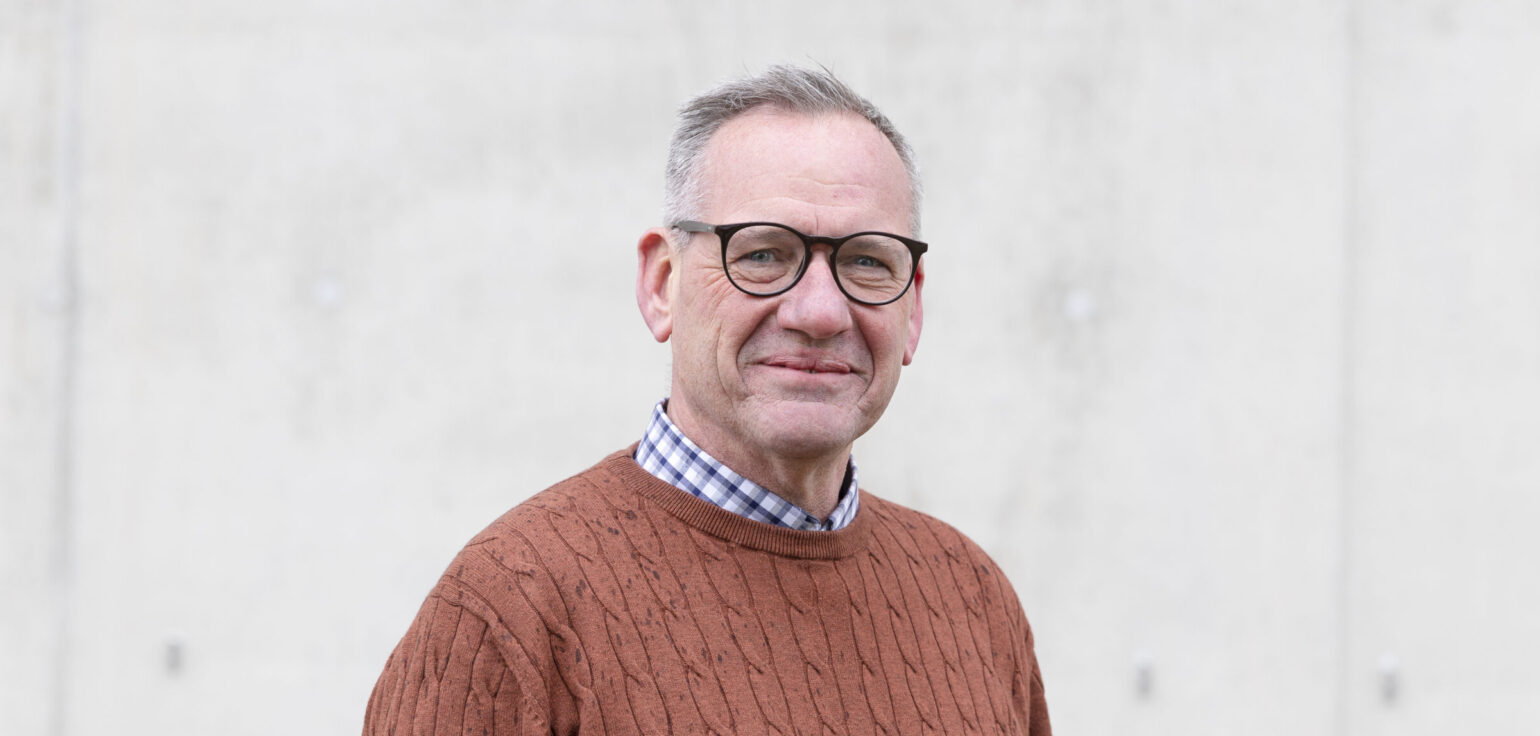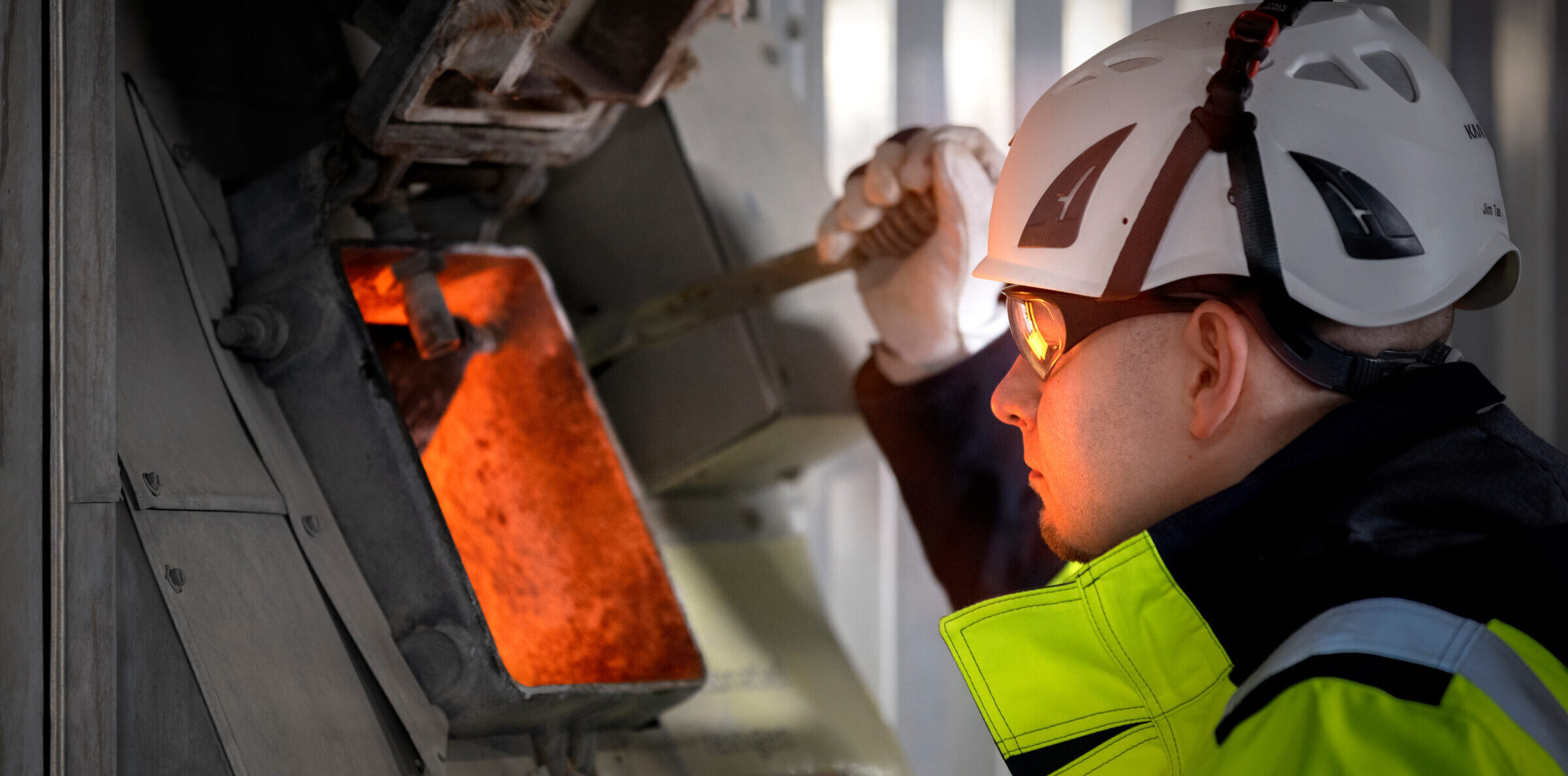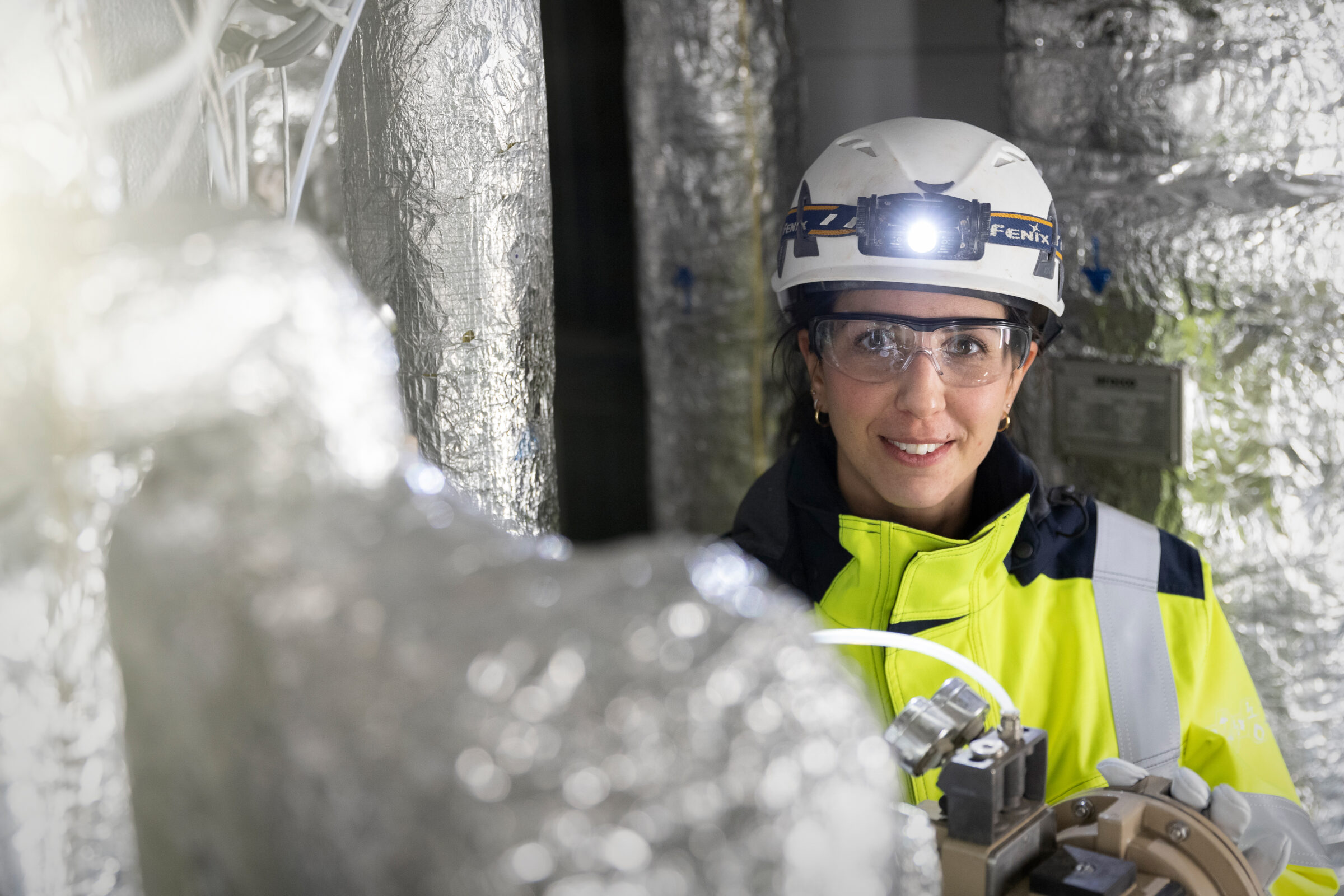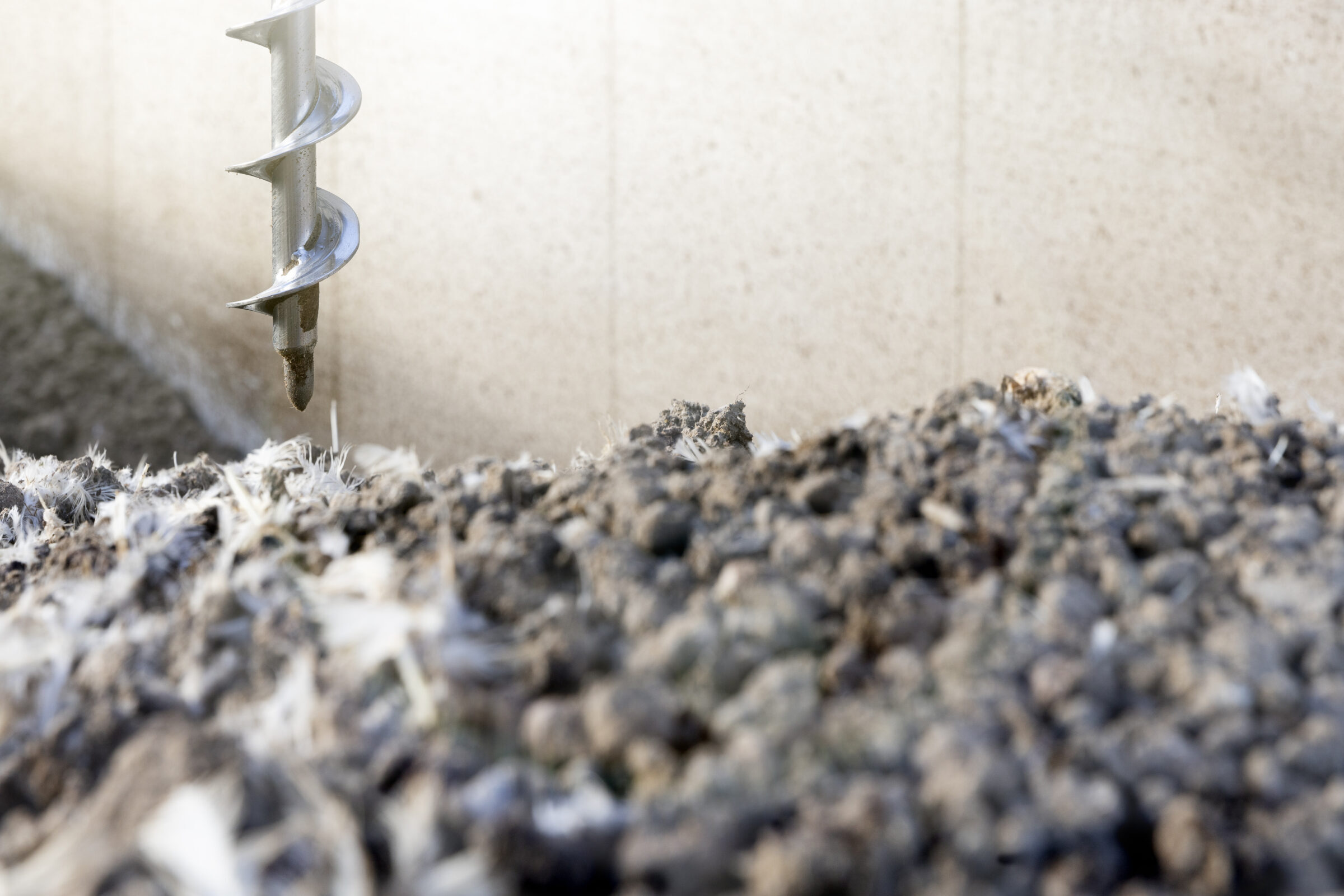Sustainable
BMC Moerdijk uses poultry manure as fuel to generate sustainable green energy, 24 hours a day, all year round. This means that the supplying poultry farms are 100% self-sufficient with regards to their own energy consumption and there is still enough green electricity left over for 45.000 households. The cooperation between poultry farmers and BMC Moerdijk contributes to reducing the use of fossil fuels and therefore CO₂ emissions. However, our process also results in lower emissions of substances such as ammonia than when raw poultry manure is used in agriculture. Research by CE Delft and others shows that this method of processing is less environmentally damaging and has less impact on climate change. BMC Moerdijk therefore contributes to making the energy sector, agriculture, horticulture, and the poultry sector more sustainable.

Avoiding the use of fossil fuels and the emission of CO₂
Combustion of organic poultry manure produces renewable green energy that can be used in addition to solar and wind energy to replace the generation of energy through the use of fossil fuels. In other words, this reduces the need to use fossil fuels. This is a great advantage because fossil fuels add CO2 to the carbon cycle. On an annual basis, BMC Moerdijk replaces the equivalent which would produce emissions of up to 286.000 tonnes of CO2.
Greenhouse gases and CO₂ equivalents
Greenhouse gases contribute to global warming. A well-known greenhouse gas is carbon dioxide (CO2). In addition, other gases such as methane (CH4) and nitrous oxide (NOx) also contribute to the greenhouse effect. To name the influence of the different greenhouse gases, the emission figures are converted into CO2 equivalents. For example, one kilogram of nitrous oxide is equivalent to 298 kilograms of CO2. This therefore has a much greater impact on the greenhouse effect than the same weight in CO2 emissions. Generating electricity from one tonne of poultry manure emits almost 600 kg of CO2 equivalent less greenhouse gas than the same amount of electricity generated by burning coal. When compared with electricity generated from natural gas, poultry manure emits at least 240 kg less CO2 equivalent*.
*Source: LCA of thermal conversion of poultry litter at BMC Moerdijk by CE Delft.
Through its choice for poultry manure disposal at BMC Moerdijk, the poultry farm has selected the most circular and sustainable solution.
Luc Westdorp
Chief Operating Officer

Preventing ammonia emissions
Poultry manure contains nitrogen in the form of ammonia (NH3) and urea. Nitrogen is an important nutrient for crop growth, but the uncontrolled emission of certain nitrogen compounds has an adverse effect on air and water quality. During our production process, the present nitrogen dissipates. This is almost entirely converted into the harmless N2 gas, which is then emitted into the atmosphere. For context, almost eighty percent of the air we breathe is N2. Without BMC Moerdijk and when untreated poultry manure is applied to agricultural land, the emissions of ammonia (NH3), nitrogen oxides (NOx) and nitrous oxide (N2O) are considerably higher.
Circular
The ash that remains after burning the poultry manure is rich in phosphorus and potassium with low nitrogen content. This ash is excellent for use as an inorganic fertilizer in agriculture, thus completing our circular process. The ash is dry, odourless, and free of pathogens. These are very favourable properties compared with the direct application of raw manure to the land. Moreover, we reduce the volume and mass of the product. This simplifies and reduces the transport thereof.
Burning poultry manure vs spreading poultry manure on agricultural land
At the BMC Moerdijk plant, poultry manure is processed into sustainable electricity. The ash that remains after burning the poultry manure is rich in phosphorus and potassium, making it well suited as a fertilizer. The use of this poultry manure ash has a much lower impact on the environment than directly spreading poultry manure on agricultural land. Why?
- Green energy has been produced from poultry manure. By reusing the ash as fertilizer in agriculture, less artificial fertilizer is needed. This saves on the consumption of raw materials and results in the necessary CO₂ reduction.
- The harmful substances contained in poultry manure have been almost completely eliminated by the combustion process and no longer end up in the water and air. Acidification and over-fertilization are thus prevented.
- Pathogens are destroyed and thus kept out of the food chain. Furthermore, the ash is dry, odourless, and has a lower mass and volume than the original poultry manure. This means that transport is easier and less of a burden on the environment.





